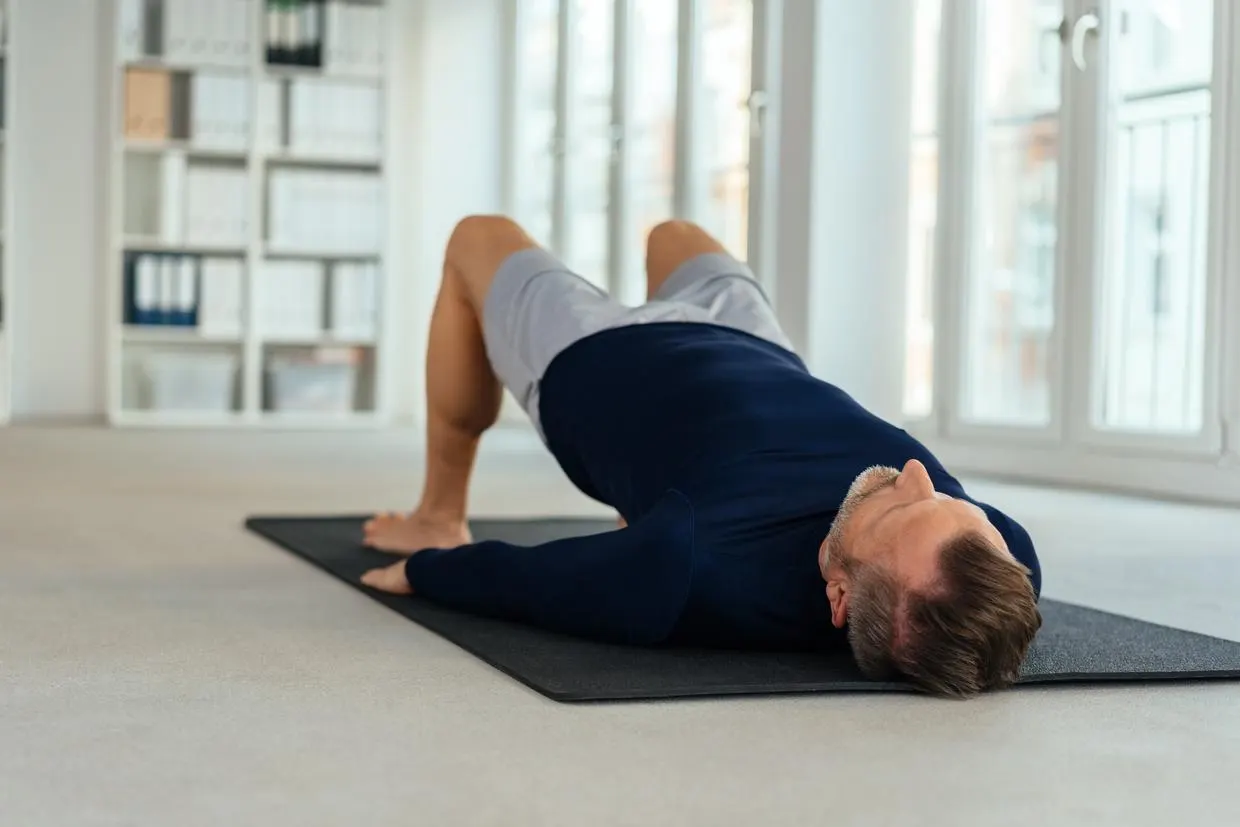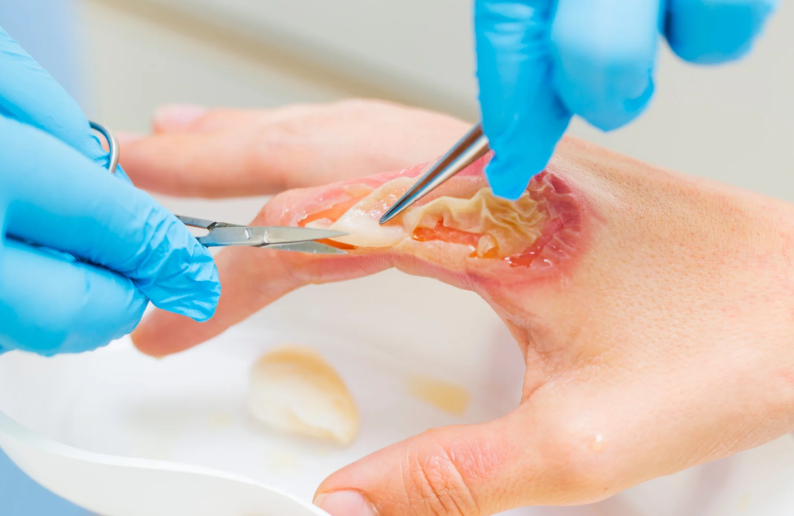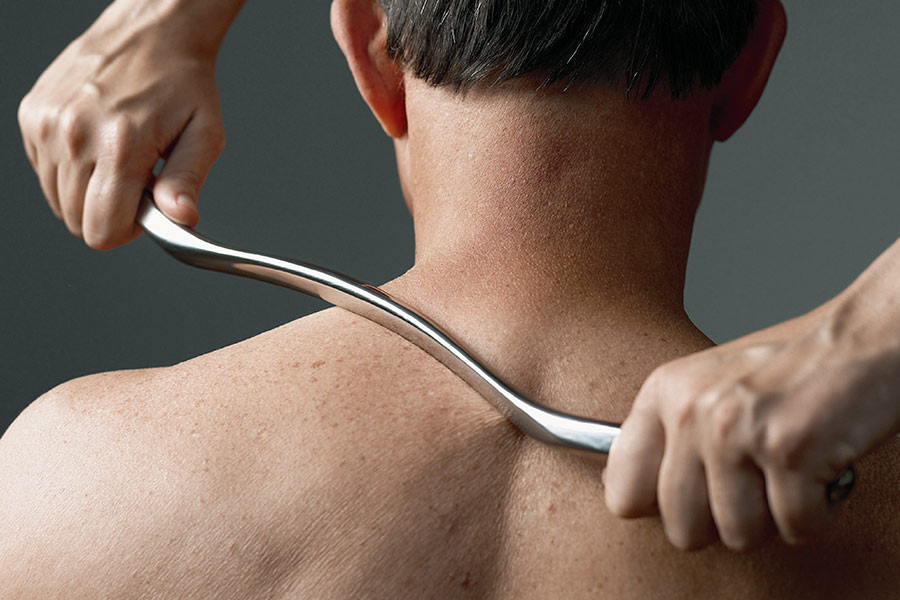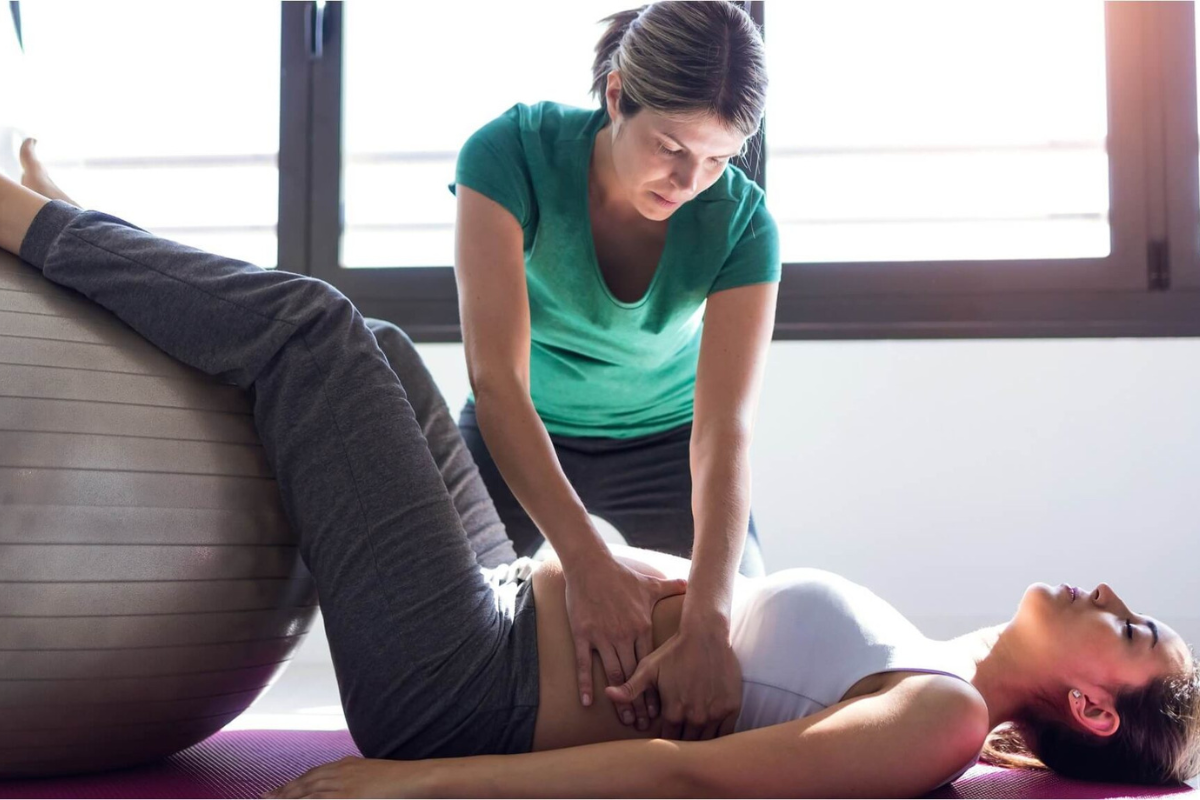Total hip replacement surgery offers a new lease on life for those struggling with severe joint pain, stiffness, and limited mobility. Yet, the success of the procedure depends not only on the surgery itself but also on the rehabilitation journey that follows. Total hip replacement exercises are at the heart of this journey, helping patients strengthen muscles, restore movement, and regain independence. At Hips and Knees Joint Restoration and Replacement Center in the Philippines, international patients from the USA, Australia, New Zealand, and the UK are guided through safe, effective rehabilitation programs designed to maximize recovery after hip surgery abroad.
Why Total Hip Replacement Exercises Matter
Every step toward healing after hip replacement requires patience and consistency, and total hip replacement exercises play a vital role. These exercises help improve blood circulation, lower the risk of blood clots, and restore mobility. They also strengthen muscles around the hip joint, ensuring that patients regain balance, stability, and confidence in daily activities.
For many international patients, the ability to walk, climb stairs, or enjoy leisure activities without constant pain feels life-changing. By sticking to a structured program of total hip replacement exercises, patients see faster results and lower the risk of complications.
The Role of Minimally Invasive Techniques (Direct Anterior Approach)
At our center, many patients undergo hip surgery through the Direct Anterior Approach (DAA), a modern, minimally invasive method that promotes faster recovery and less post-operative discomfort. With this approach, total hip replacement exercises often feel more manageable because there is less muscle disruption during surgery. Patients typically experience less pain, shorter hospital stays, and a quicker return to movement. The combination of advanced surgical technique and carefully guided exercises accelerates the journey to full mobility.
Phases of Recovery and Recommended Exercises
Early Recovery (Days 1–7): Recovery begins almost immediately. Even while in bed, patients are encouraged to perform simple total hip replacement exercises such as ankle pumps, heel slides, and glute squeezes. These movements improve circulation, reduce swelling, and gently reintroduce motion to the hip joint. Walking short distances with the help of a walker or crutches is also encouraged to prevent stiffness and promote independence.
Intermediate Phase (Weeks 2–6): During this stage, patients transition to more active total hip replacement exercises. Standing hip abductions, seated marching, and mini squats build muscle strength and balance. These exercises focus on improving stability so patients can walk more comfortably and rely less on mobility aids. Consistent practice during this phase helps restore confidence and ensures the new joint adapts well to daily activity.
Advanced Phase (6 Weeks and Beyond): As healing progresses, total hip replacement exercises become more dynamic. Walking longer distances, performing step-ups, and adding resistance bands to workouts help patients prepare for daily routines and active hobbies. This phase focuses on endurance, strength, and coordination. For many, it marks the return to enjoying activities such as traveling, gardening, or even dancing at family gatherings.
Tips for Safe and Effective Exercise
Safety should always guide recovery. Patients are advised to follow these principles for successful total hip replacement exercises:
- Always follow the guidance of the surgeon and physical therapist.
- Start slowly and progress gradually to avoid setbacks.
- Use supportive devices such as walkers, canes, or resistance bands when necessary.
- Pay attention to the body: normal soreness is expected, but sharp or prolonged pain should be reported.
- Maintain good posture and form during exercises to protect the new joint.
How Our Center Supports Your Recovery Journey
At Hips and Knees Joint Restoration and Replacement Center, every patient receives a personalized rehabilitation plan. Total hip replacement exercises are tailored to each individual’s age, activity level, and overall health. Recovery does not end when surgery is complete. Patients benefit from:
- Personalized rehabilitation programs supervised by experts.
- On-site recovery care in comfortable, patient-focused accommodations.
- Telemedicine follow-ups after returning home to ensure continued progress.
- Warm Filipino hospitality that makes medical travel abroad a supportive and stress-free experience.
International patients often find comfort in knowing that their healing process is closely monitored even after they leave the Philippines, ensuring peace of mind and lasting results.
Common Mistakes to Avoid After Hip Replacement
Recovery can be slowed or complicated if patients overlook important guidelines. When practicing total hip replacement exercises, it is essential to avoid:
- Skipping exercises due to fear of discomfort, which can lead to stiffness and slower progress.
- Pushing too hard or too fast, which increases the risk of injury.
- Performing exercises with poor posture or alignment.
- Stopping exercises once pain fades, since long-term strengthening is crucial for lasting results.
From Surgery to Strength
Many of our patients arrive uncertain about what life after surgery will look like. Through dedication to total hip replacement exercises and guided rehabilitation, they achieve remarkable transformations. One patient, after years of struggling with pain that limited even short walks, regained her ability to enjoy outdoor activities and travel. Her story highlights the power of combining advanced surgical techniques with a structured exercise program.
Takeaway
Recovery after hip replacement is not just about healing—it is about reclaiming an active, fulfilling life. Total hip replacement exercises form the foundation of this journey, helping patients strengthen muscles, regain mobility, and return to the activities they love. At Hips and Knees Joint Restoration and Replacement Center, we guide international patients through every stage of recovery with expertise, compassion, and personalized care. Choosing our center means choosing a future of restored movement, renewed strength, and improved quality of life.
Frequently Asked Questions
How soon can I start total hip replacement exercises?
Most patients begin gentle movements within a day of surgery. Early exercises are simple and designed to prevent stiffness and improve circulation.
Which exercises should I avoid after hip replacement?
High-impact movements, twisting motions, and heavy lifting should be avoided until cleared by your surgeon or therapist. Safety and gradual progress are key.
Can I exercise on my own, or do I always need supervision?
Early stages of recovery should be guided by a therapist. Over time, patients can safely practice total hip replacement exercises at home, provided they follow professional instructions.
How long before I can return to sports or active hobbies?
Most patients resume low-impact activities within 6–12 weeks. High-impact sports may take longer, and clearance from the surgeon is essential.
What makes your center different for international patients?
We combine advanced surgical expertise, compassionate aftercare, and affordable all-inclusive packages tailored to patients from abroad. Rehabilitation, including total hip replacement exercises, is supported every step of the way, both in the Philippines and after patients return home.











